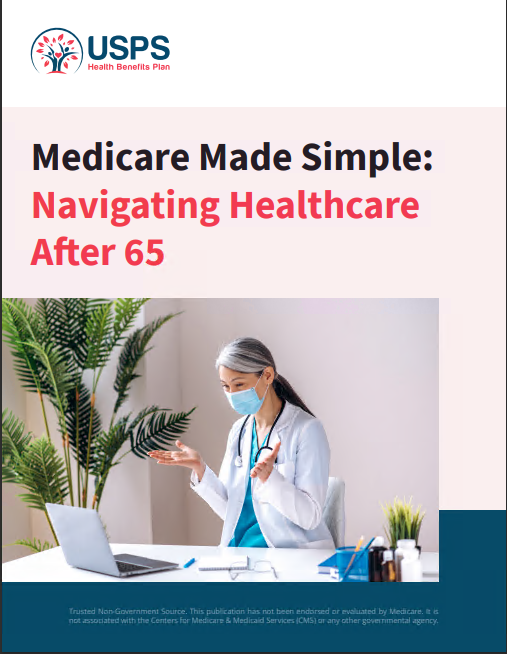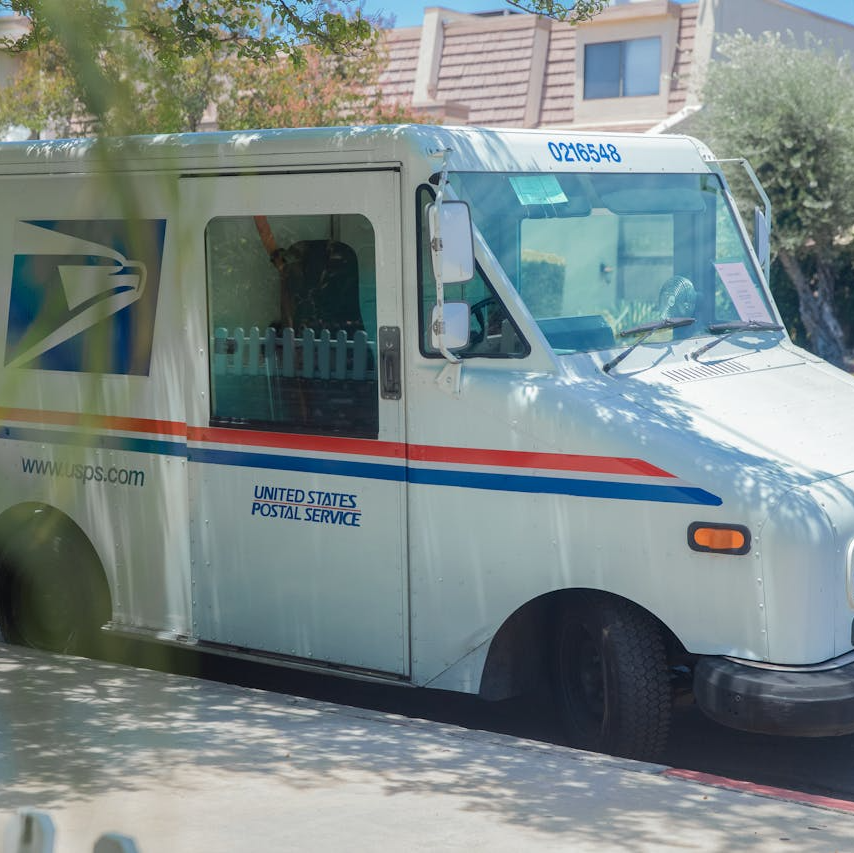Key Takeaways
-
Medicare Part A provides hospital coverage, but it doesn’t make hospital stays free. In 2025, you still face significant out-of-pocket costs like deductibles, coinsurance, and limits on covered days.
-
If you’re a Postal Service annuitant or employee relying solely on Medicare Part A, you may be underestimating your hospital bills. PSHB integration can help, but only if you’re enrolled in the right combination of benefits.
What Medicare Part A Really Covers in 2025
Medicare Part A is often seen as the safety net for hospital care. But while it does cover a range of inpatient services, it comes with strict conditions and limits.
Here’s a look at what Medicare Part A covers:
-
Inpatient hospital stays
-
Skilled nursing facility (SNF) care (short-term)
-
Hospice care
To be eligible, your care must be deemed medically necessary and you must meet specific criteria, such as being admitted formally as an inpatient (not under observation status).
What It Doesn’t Cover—And Why That Matters
Even though Medicare Part A handles a large portion of your inpatient care, several gaps could leave you paying thousands out of pocket.
1. You Pay a Deductible
In 2025, the hospital deductible is $1,676 per benefit period. This isn’t annual—you could pay it multiple times in a year if you’re admitted after a 60-day break.
2. Limited Hospital Coverage Days
You’re not fully covered throughout your hospital stay:
-
Days 1-60: Covered after the deductible
-
Days 61-90: You pay $419 per day
-
Days 91-150 (lifetime reserve days): You pay $838 per day
-
Beyond 150 days: Medicare stops paying
3. No Long-Term Care Coverage
Medicare Part A only pays for skilled nursing care temporarily. Custodial care, long-term rehab, or assisted living isn’t covered.
4. Observation Status Isn’t Covered
If you’re in the hospital under “observation,” Part A doesn’t apply. You may end up paying under Part B, which has different rules and cost-sharing.
For PSHB Enrollees: Why Part A Alone Isn’t Enough
As a participant in the Postal Service Health Benefits (PSHB) Program, you might assume your hospital costs are always covered when you have Medicare Part A. That assumption could cost you.
PSHB is designed to complement Medicare, but it doesn’t automatically fill in the gaps unless:
-
You’re enrolled in both PSHB and Medicare Part B, or
-
You’re in a plan that specifically coordinates with Medicare
If you opt out of Part B, your PSHB plan may treat you as if you don’t have Medicare at all, meaning:
-
Higher deductibles and copayments
-
Full cost-sharing responsibility
-
No coordination of benefits
How the Benefit Period Can Catch You Off Guard
A key detail about Medicare Part A is the benefit period. This starts the day you’re admitted as an inpatient and ends after you’ve been out of the hospital or a skilled nursing facility for 60 consecutive days.
That means:
-
If you’re readmitted on Day 61 or later, a new benefit period starts, and so does a new $1,676 deductible.
-
There’s no cap on how many benefit periods you can have in a year.
Without a plan to cap your expenses, repeated hospitalizations can result in repeated charges.
Skilled Nursing Facility (SNF) Care Isn’t Long-Term Care
If you need continued care after hospitalization, Medicare Part A covers skilled nursing care—but only under specific conditions:
-
You must have a qualifying 3-day inpatient hospital stay
-
Care must begin within 30 days of discharge
-
You must need daily skilled services
Even if you qualify:
-
Days 1-20: Fully covered
-
Days 21-100: You pay $209.50 per day
-
After 100 days: Medicare pays nothing
For many retirees, 100 days isn’t nearly enough when recovering from a serious illness or injury.
What Hospice Care Includes—And What It Doesn’t
Hospice care under Part A can be a comfort to patients and families, but it’s limited to those who are terminally ill with a prognosis of six months or less.
Coverage includes:
-
Pain and symptom management
-
Grief counseling
-
Limited home health aide services
However:
-
Room and board in a facility is not covered unless it’s for symptom control in a hospice center.
-
You may need to pay copayments for medications or respite care.
Why Observation Status Can Cost You More
Hospitals may admit you under observation status, which sounds similar to inpatient admission but isn’t. This classification matters because:
-
Part A doesn’t cover observation stays
-
Your coverage is billed under Part B, which means separate deductibles and copays
-
Observation status doesn’t count toward the 3-day requirement for SNF care
PSHB plans may cover observation care differently depending on Medicare enrollment. Not knowing your admission status can have real financial consequences.
The Role of PSHB in Filling the Gaps
The Postal Service Health Benefits Program can provide much-needed coverage where Medicare Part A falls short. But that only happens when you use it effectively.
Here’s how:
-
If you have both Medicare Part A and Part B, PSHB plans often waive or reduce out-of-pocket costs
-
Some PSHB plans offer Medicare Part B premium reimbursements
-
Prescription drug coverage is integrated via a Medicare Part D EGWP, helping control medication costs
If you decline Medicare Part B when eligible, you may lose access to these enhanced benefits.
What Happens If You Skip Part B?
In 2025, many Postal retirees are required to enroll in Medicare Part B to maintain full PSHB coverage. If you opt out:
-
Your PSHB plan may act as the primary payer
-
You may face higher deductibles and copayments
-
You lose access to cost-sharing reductions designed for Medicare-coordinated enrollees
Only specific exemptions apply, such as:
-
Retired on or before January 1, 2025 and not already enrolled in Part B
-
Living outside the U.S.
-
Enrolled in VA or Indian Health Services programs
For most enrollees, declining Part B increases your exposure to high out-of-pocket costs.
Why an Informed Decision Matters in 2025
With all the changes in how PSHB and Medicare work together in 2025, staying informed is critical. Here’s what you should do:
-
Confirm your hospital admission status
-
Track your benefit periods
-
Review how your PSHB plan coordinates with Medicare
-
Check if your plan waives costs when Medicare pays first
-
Verify your enrollment in both Part A and Part B
Failing to act on any of these areas could lead to unnecessary hospital bills.
Make Sure You’re Covered Before the Fine Print Becomes a Bill
Relying on Medicare Part A alone might sound like enough, but the reality in 2025 tells a different story. Between high deductibles, coinsurance, benefit period resets, and limited skilled care days, your hospital bill can escalate quickly.
If you’re a PSHB enrollee, you have an opportunity to significantly reduce your exposure—but only if you’re properly enrolled in Medicare and understand how your health plan coordinates with it.
Don’t wait until a hospital stay turns into a financial surprise. Talk to a licensed agent listed on this website for professional advice on how to fully protect your health and wallet.











